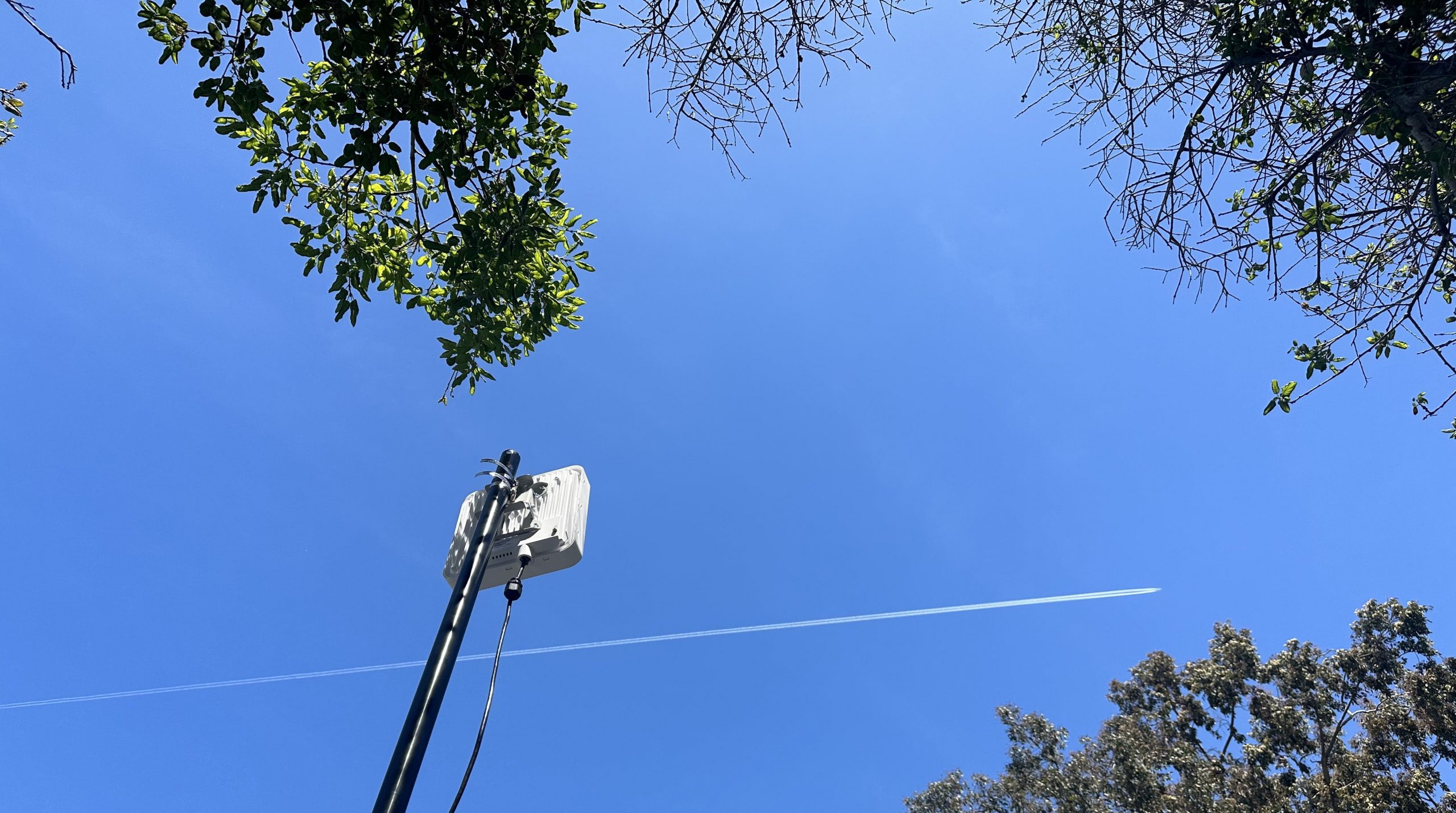By Stefan Hartung
Ever wondered why your wireless network isn’t performing as expected? The answer often lies in power limitations. Anyone who has operated an unlicensed or lightly licensed wireless network in the US knows the Federal Communications Commission (FCC) has specific and strict power requirements. Adherence to these constraints are mandatory for wireless operation in the US.
In this blog, we’ll take a closer look at these power requirements and their implications for wireless networks, particularly focusing on Tarana’s G1 platform operating in the 5 GHz and 6 GHz bands. Understanding power allocation is essential for accurate network modeling and real-world performance expectations.
Why Power Matters in Wireless Networks
Power levels in wireless communications directly impact range, interference, and overall network efficiency. Miscalculating power settings can result in suboptimal performance. By ensuring the power output matches what is modeled in RF propagation studies, network operators can avoid unexpected deviations in performance.
5 GHz Operation: Understanding the Limits
Tarana’s G1 platform supports operation in UNII-1 (5150-5250 MHz), UNII-3 (5725-5850 MHz), and UNII-4 (5850-5895 MHz), depending on the specific hardware model. The following table illustrates the possible power configurations for a 5 GHz base node (BN):
The most important piece of information, power-wise, is how many carriers are operating in the same sub-band. Since the Tarana 5 GHz BN supports up to 2 carriers, there are only two use case scenarios. When each carrier is in a different sub-band, the maximum allowed power is 36 dBm or 4 Watts. In the case where both carriers are in the same sub-band, power is halved between the carriers to 33 dBm or 2 Watts each for a total across both carriers of 4 Watts.
6 GHz Operation: AFC and Power Allocation
The Tarana 6 GHz BN operates under the Automated Frequency Coordination (AFC) system, which assigns power dynamically up to a maximum of 36 dBm.
In the case of the 6 GHz BN, there are two modes supported: 2-carrier and 4-carrier (x2) mode. The 6 GHz BN supports UNII-3, UNII-4, UNII-5, and UNII-7.
The first two scenarios, 1 carrier and 2 carrier operation, are the same as 5 GHz with the exception being that UNII-1 is not supported by 6 GHz BNs. Instead UNII-5 and UNII-7 are supported.
Just like we did with the previous two scenarios, the same math applies when a BN is in x2 mode. Specifically, for 3 carriers, power is split amongst the carriers so that each carrier gets 31.24 dBm (1.33 Watts). For 4 carrier operation, power is split four ways and each carrier receives 30 dBm or 1 Watt of power.
In cases where the AFC indicates all carriers can be operated in one sub-band at 36 dBm, keep in mind that the overall power limitations are still in effect. Specifically, all carriers taken together cannot exceed the maximum of 36 dBm (4 Watts). So in this case, if all (2) carriers are granted in the same sub-band at 36 dBm by the AFC, the actual power will be 33 dBm per carrier to achieve a total power of 4 Watts.
What If the AFC Doesn’t Give Me Maximum Power?
Unlike with 5 GHz operation, 36 dBm reflects maximum possible values but is not necessarily what the AFC will grant to a 6 GHz device. It is possible the AFC will restrict power to something lower than 36 dBm, however the math as shown here does not change. So following our logic, perhaps the AFC restricts power to 34.77 dBm (3 Watts). For 2 carrier operations, each carrier will use 3 Watts / 2 carriers = 31.76 dBm (1.5 Watts) per carrier.
The Tarana Cloud Suite (TCS) management console has an AFC spectrum availability tool that can be used to quickly determine what frequencies and power levels are available based on latitude, longitude, and installation height.

Practical Implications: Designing with Confidence
Understanding these power restrictions allows network designers to:
- Optimize RF models for accurate performance predictions.
- Avoid performance issues caused by incorrect power assumptions.
Now that you understand how power limits work in 5 GHz and 6 GHz, you have the tools necessary to confidently design and model a Tarana network. With this knowledge, you can more accurately predict expected performance and ensure the equipment is working as expected.
If you just can’t wait to learn more, check out our other blogs or some of our favorite customer links. Or reach out to us at info@taranawireless.com. We’d love to hear from you.


